What is the koryos?
In my new fantasy novel GODBORN: GODS OF BRONZE BOOK 1 the main characters begin the story in a special kind of warband called a “koryos“.
This concept was a historical reality.
So what was it?
Watch my video on the koryos to find out or read on.
In prehistoric Europe and Western Asia the people of the steppe waged war against one another and against settled peoples in the form of the raid.

There were no armies in the Neolithic and Early Bronze Age. Conflict between groups was waged by small warbands stealing cattle and abducting women with which to strengthen their own tribes.
These warbands were primarily “the business of the adolescent boys, who functioned as highly mobile guerilla bands and at the same time learned hardiness, self-control, stealth and strategy, and other warrior qualities.” [from The One-Eyed God by Kris Kershaw].

The koryos was the band of these warrior novices. It was a cultic warrior brotherhood, that is, the youths’ formation was as much religious as it was martial, and the ties that bound them were as strong as blood. The commonly used term for this cultic band is “Mannerbund” from the later German tradition.
“Koryos” is a reconstructed word from the Proto-Indo-European language. The leader of these bands was called the “koryonos“.
In the ancient past the people who practised the koryos periodically ejected the bands of warrior youths who pushed out at the boundaries of their lands. They often conquered and subjugated the people there before settling down in the new lands and sending their own sons off in turn.
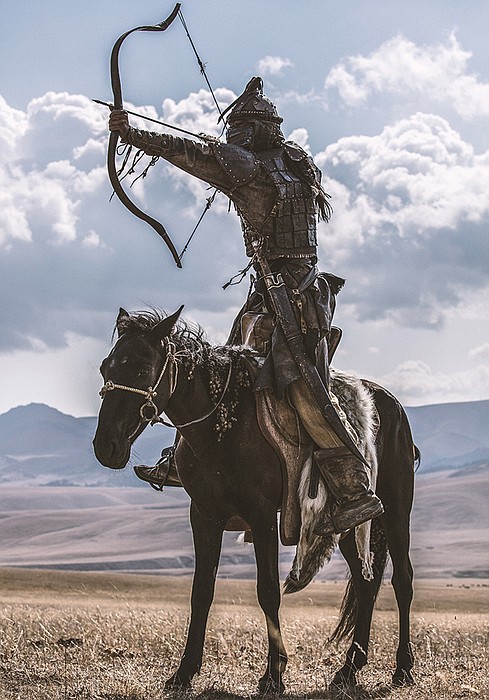
In this way, the tradition spread across Eurasia from Ireland to India and even beyond.
This activity of bands of youths preying upon the clans around them continued for millennia and was seen for example in the initiations of Spartan youths and the cattle raids of the Irish and cultic bands in India.
The tradition of a group of warriors swearing unbreakable fealty to their lord is also seen in the Roman tradition of the comitatus and the Saxon fyrd and even continued in the form of “secret societies” into the modern period.
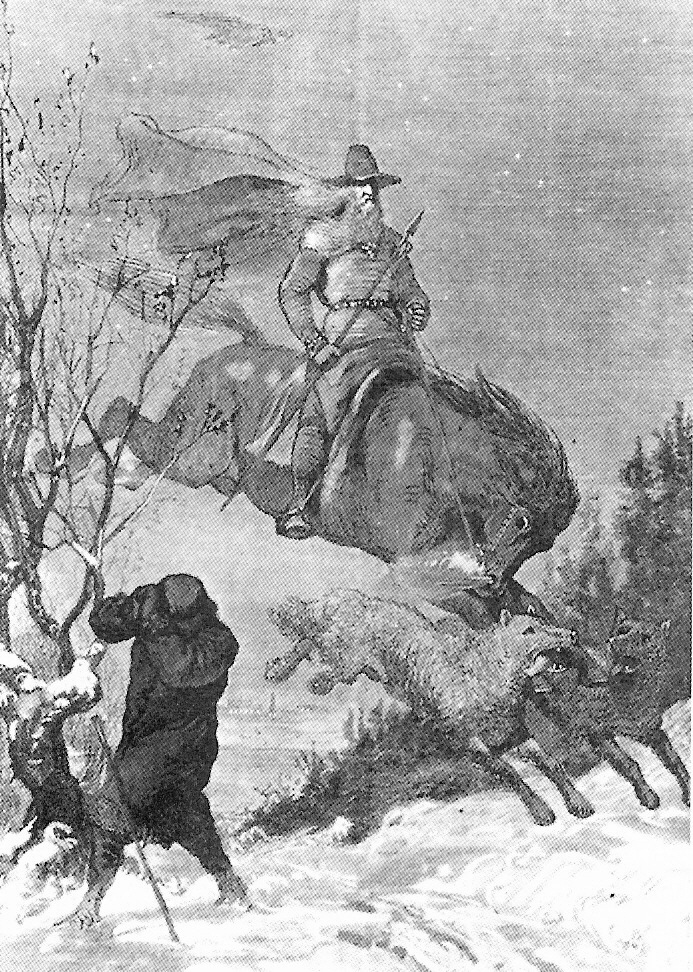
The remnants of the deep religious importance of the koryos is seen in folkloric traditions such as “The Wild Hunt” of the Germanic peoples that continued in England (and even into the Wild West – do you know Ghost Riders in the Sky?)
So there you have a brief outline of the koryos.
Put simply it’s a tradition that changed the world.
Get GODBORN: GODS OF BRONZE BOOK 1 now:
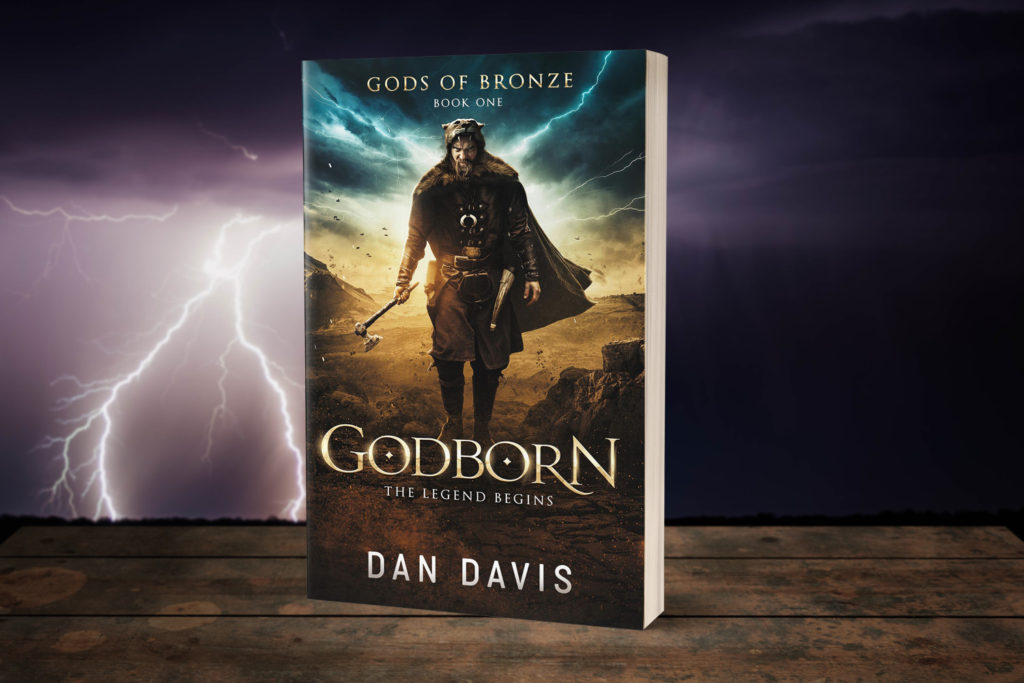
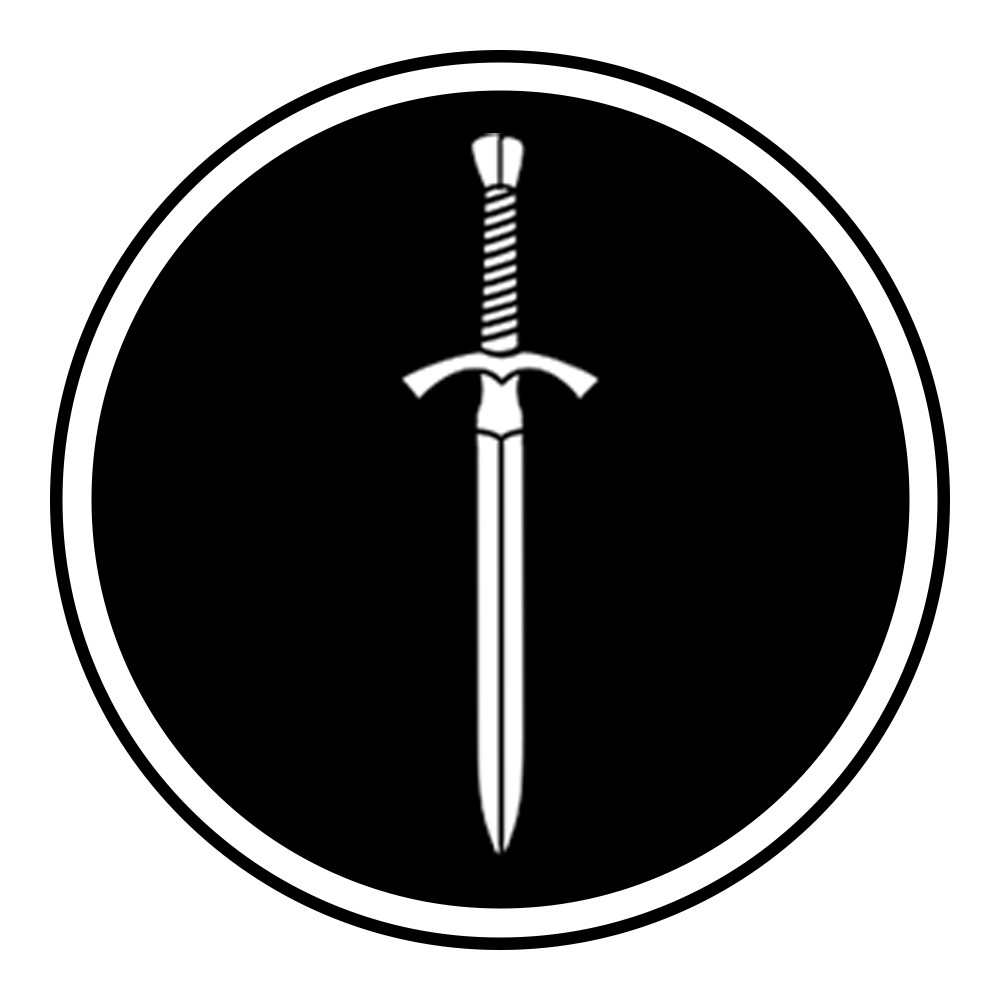
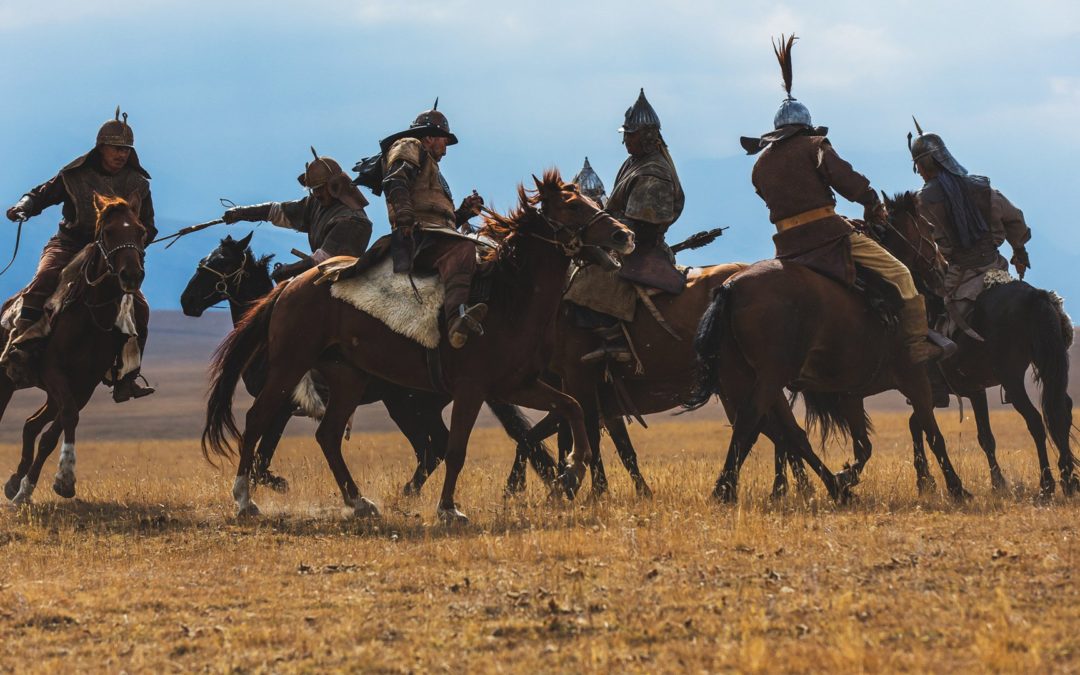
How did you come up with the name Kolnos for your Wolf God?
Hi Zachariah. Kolnos means “One-eyed” in Proto-Indo-European (PIE). The wolf god is hypothesised by researchers but there is no direct written evidence or a suggestion for his name. Comparative mythology shows that throughout history various aspects of gods break off to create new gods or combine to form new gods. Sometimes these new gods are elevated above the old or they are regarded as sons of the old gods or the old gods are forgotten entirely. There are elements in my Wolf God – poetry, prophesy, healing through knowledge – that are seen in much later gods like Apollo. Ecstatic, holy visions might emerge in Dionysus. But I wanted the most obvious incarnation to be Odin. The wanderer in grey who teaches men, armed with a spear, etc etc. The “one-eyed”-ness of Odin is a far, far later development, probably early medieval period. However, I wanted to provide people with a recognisable ancient god and so made the Wolf God one-eyed (which he would NOT have been in the real Bronze Age). And the PIE word for one-eyed is Kolnos, which I thought sounded appropriately powerful.
Thank you. I’ve thoroughly enjoyed your series, both the Immortal Knight series and Godborn. As a history graduate and lover of anthropology, especial PIE theories, your newest series feels like a series written directly for my secret heart.
I dont know if this is something you plan to speak about in the future, but is Priskos from your Immortal Knight series also Herkuhlos millenia later?
Hi Zachariah, you’re absolutely right – Priskos is Herkuhlos!
I’m so pleased to hear you like both series and yes indeed it sounds like we have similar interests.
I hope you like the new book Thunderer which is out today. It’s set in Denmark when the steppe herders began mixing with / replacing the Neolithic farmers known as the Funnelbeaker culture and encountering the hunter-gatherer Pitted Ware Culture.
The steppe people being the Corded Ware Culture and the local variants eventually becoming the Single Grave Culture in Denmark and the Battle Axe Culture in Scandinavia.
An amazing time and place where these different peoples were interacting.
It also takes elements from Norse myth, particularly the giants – the Jotun – vs the gods.
Thank you. Thats an amazing revelation. I’ve already ordered Thunderer. Im rereading Godborn before I start Thunderer. I want to encourage you to keep doing what you’re doing. Your work is my newest pleasure reading. Thank you for working on this and creating such a great literary universe.
Enthusiastically,
Z
Have you ever thought about doing concept art for Priskos as the Ancient One? Was there a particular piece of art or inspiration for how you described Priskos in the Immortal Knight series compared to the Herkuhlos of the Godborn series?
Yeah I have thought about it a lot and have spoken to artists about it. There is some fan art out there too.
Have you begun writing the third in the Godborn series?
Yes I have.
I was wondering what material culture the people are based on in godborn? Are they Yamnaya, corded ware? Or some other culture. I know they are indo european but was curious to know if you were portraying a specific group? Thanks
Are the people in godborn based on yamnaya corded ware or some other materiel culture? Thanks